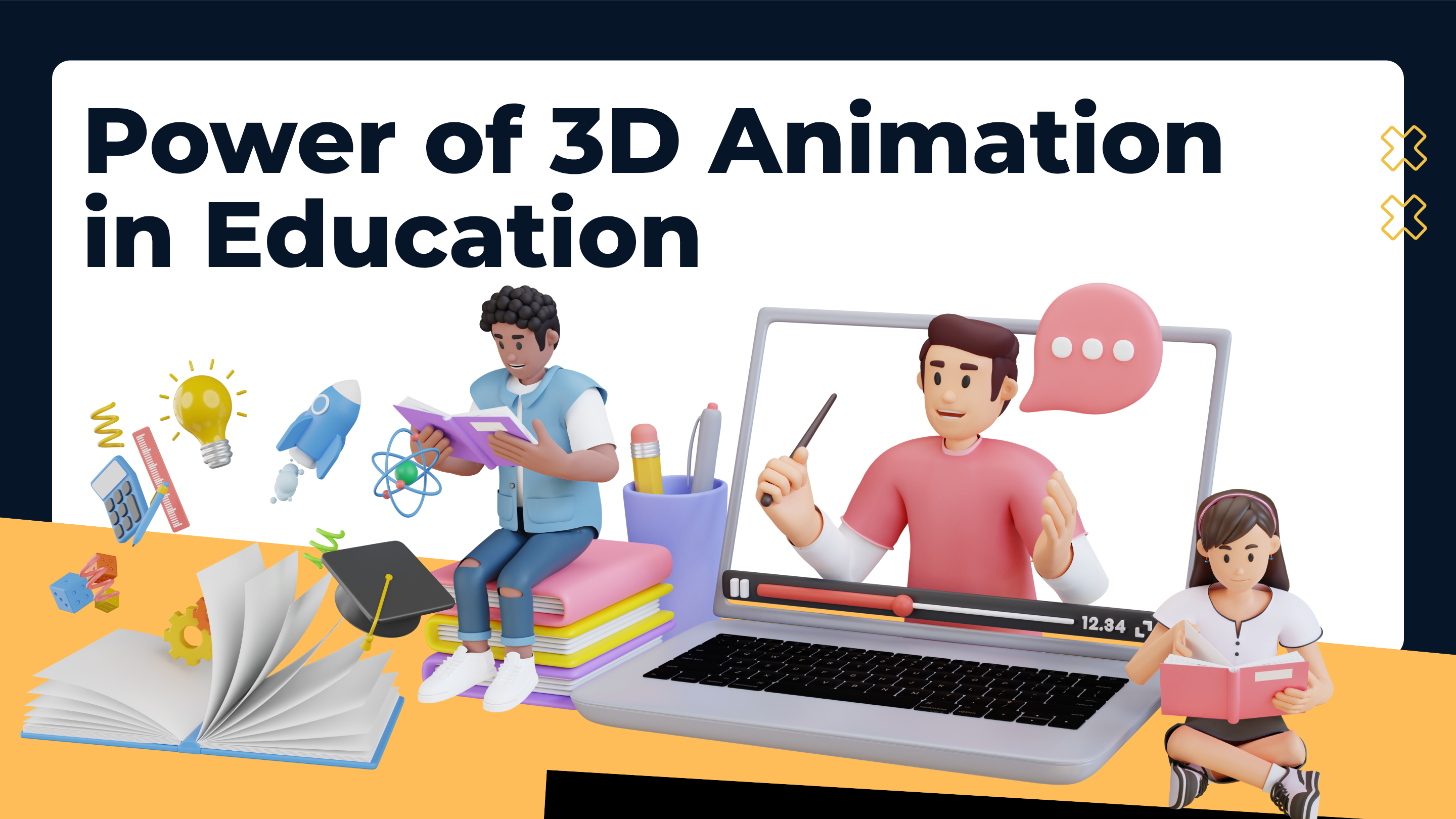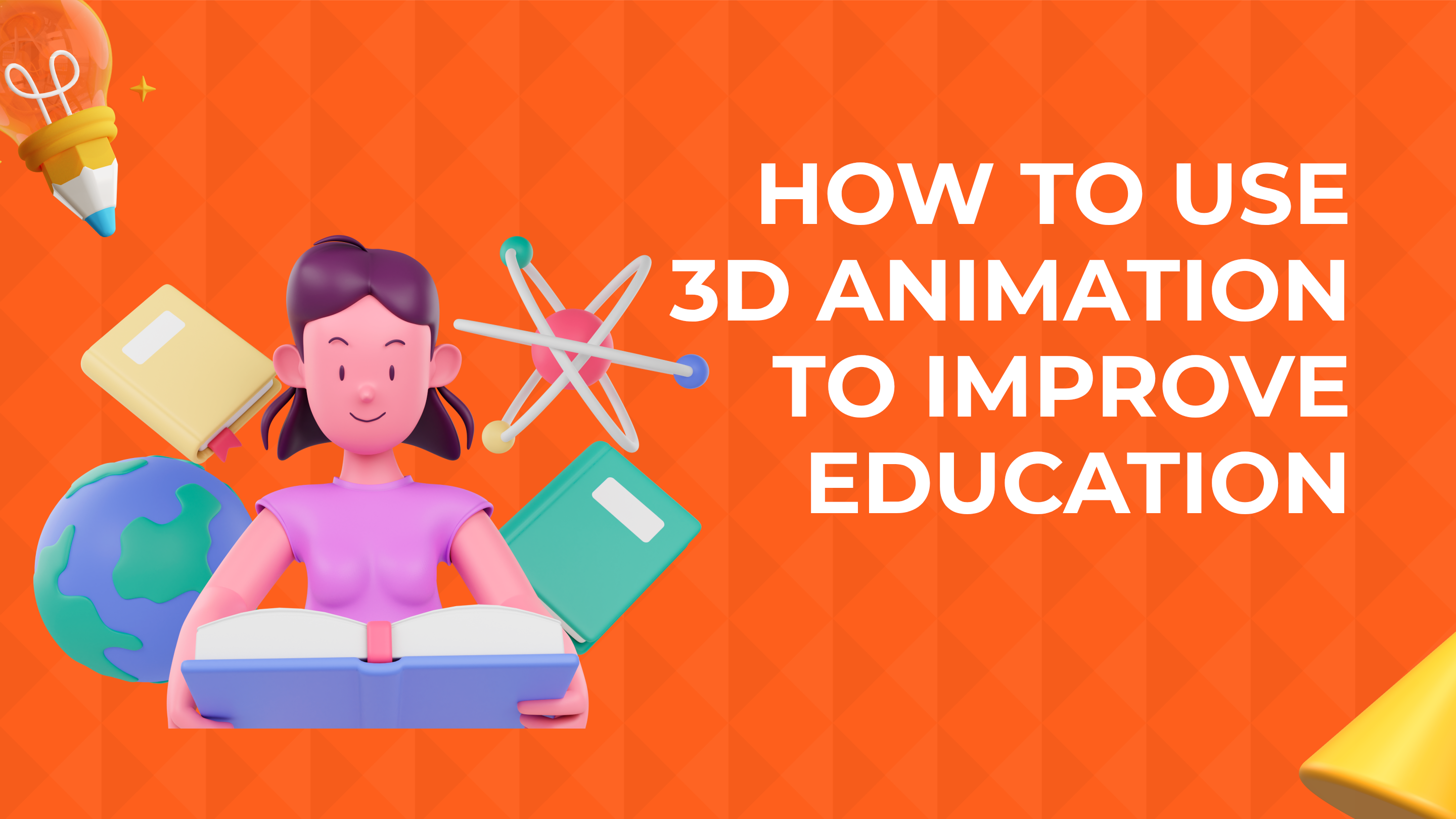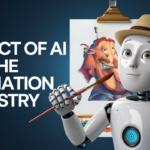3D animation stands as a remarkable evolution in the dynamic landscape of education.
As traditional strategies adapt to the digital era, interactive educational strategies are gaining popularity. This leads to the creation of 3D animation. Interactive and engaging learning is becoming more important in this digital era. It discusses the various transformative powers of 3D animation. It also discusses the link between traditional education techniques the modern techniques.
A three-dimensional animation helps you reshape education through its visual prowess making the learning easy as well as interactive. It makes complicated standards understandable, with more appealing novices, and gives a deeper understanding.
Benefits of Integrating 3D Animation in Education
Traditional teaching methods often lack the interest of modern-day tech-savvy learners. Digital content has conditioned students to count on dynamic and visually stimulating information. This is where 3D animation shines. The vividness and realism of 3D animations quickly draw students into the challenging matter.
There’s no compelling evidence that students are more attracted to 3D animation.
According to various surveys and research done, school rooms that included 3D animation noticed a much larger student participation and attentiveness. The retention costs for records presented through animations were distinctly higher compared to standard methods. Furthermore, it also has been seen that the topics taught using 3D animations confirmed a considerable improvement in average grades and test scores.
This concludes that 3D animation usage is revolutionizing how we engage learners. By remodeling summary standards into immersive experiences, these animations maintain the key to unlocking a new stage of motivation and engagement in students.
The Power of 3D Animation in Education

-
Visualizing Complex Concepts
3D animation brings summary and complex concepts to life. Whether it’s explaining intricate scientific processes, historical events, or mathematical principles, 3D animations provide a tangible representation that simplifies understanding.
-
Spatial Understanding
Subjects like anatomy, geography, and architecture benefit significantly from 3D animations, as they permit students to discover objects and spaces from different angles, aiding in spatial comprehension.
-
Real-world Simulations
Simulating real-world scenarios through 3D animation allows college students to observe theoretical know-how in practical situations. This strategy is specifically advantageous in fields like medicine, engineering, and environmental studies.
-
Engaging Narratives
Storytelling is a powerful device in education. 3D animations can be used to create charming narratives that draw students in and make gaining knowledge fun and memorable.
Our Services
-
Custom 3D Content Creation
Our team of skilled animators and academic experts collaborate to increase tailor-made 3D animations that align with your curriculum. We recognize that every subject has unique requirements, and we work carefully with educators to make sure that the animations efficiently bring the favored academic outcomes.
2 Interactive Learning Modules
We lay interactive 3D models that permit college students to explore ideas at their very own pace. These modules inspire active participation, enabling students to manipulate objects, zoom in on details, and interact with the content in a significant way.
3 Curriculum Integration
Integrating 3D animations into the existing curriculum can be seamless with our support. We provide pointers and materials that assist educators in seamlessly incorporating animations into lesson plans, making sure a cohesive mastering experience.
4 Teacher Training
We offer workshops and coaching sessions to help educators make the most of 3D animation in their teaching. From software program fundamentals to advanced usage, we equip instructors with the abilities they want to confidently integrate animations into their classrooms.
5 Assessment Tools
We improve assessment tools that make use of 3D animations to evaluate students’ comprehension. These tools can provide a deeper perception of students’ perception of complex ideas with the aid of analyzing their interaction with the animations.
Benefits for Students of using Animation in Education

– Engagement: 3D animations capture students’ attention and hold their interest, resulting in better focal points and extended retention.
– Understanding: Visualizing summary thoughts fosters higher comprehension and recall of information.
– Critical Thinking: Interactive 3D modules inspire college students to explore, experiment, and draw their conclusions.
– Preparation for the Future: Familiarity with 3D technology equips students with skills applicable to cutting-edge workplaces.
The Future of Education
The impact of 3D animation is not limited to the classroom walls. Students get immersive experiences. imagine students dissecting virtual organisms in the the comfort of their homes and exploring historical landmarks virtually. This flexibility not only lets the learner take charge of the knowledge but also enriches education.
Moreover, the integration of 3D animation prepares college students for the technological needs of the future job market. As industries include digital transformation, individuals who are well-versed in interactive and visual learning techniques will be higher outfitted to navigate the challenges of the cutting-edge workplace.
As we peer into the future of education, it is evident that the integration of 3D animation is a precursor to a broader transformation. By embracing these technological advancements, educators and establishments can craft an education that transcends conventional norms. From fostering engagement through animations to exploring uncharted territories with VR and AI, the journey in advance is one of limitless possibilities. As we venture into this interesting era, let us be guided by a commitment to harnessing technology’s potential whilst preserving the essence of meaningful and impactful education.




